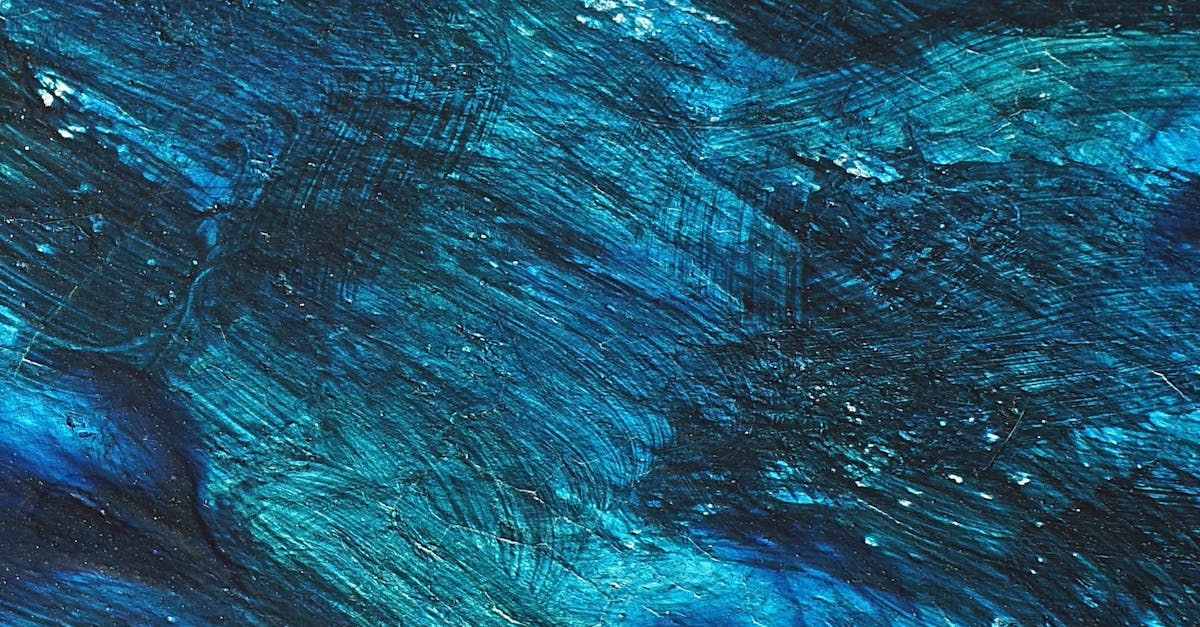Oil painting is a timeless art form that has captivated artists and art enthusiasts alike for centuries. With its rich colors, texture, and versatility, oil painting offers endless creative possibilities. Whether you are a beginner or an experienced artist looking to refine your skills, mastering these 14 techniques will help you take your oil paintings to the next level.
1. **Underpainting**: Start your painting by creating a solid foundation with an underpainting. This initial layer of paint will establish the values and tones of your composition.
2. **Impasto**: Experiment with impasto, a technique where paint is applied thickly to create texture and dimension in your work. Use a palette knife to achieve bold, tactile effects.
3. **Glazing**: Add depth and luminosity to your paintings by applying thin layers of transparent paint over dry layers. This technique is known as glazing and can create beautiful effects when layered correctly.
4. **Scumbling**: Create a soft, atmospheric quality in your paintings by dry brushing layers of opaque paint over existing colors. This technique, known as scumbling, can add a subtle, ethereal quality to your work.
5. **Chiaroscuro**: Explore the dramatic use of light and shadow in your oil paintings with chiaroscuro. Emphasize contrast to create a sense of depth and volume in your compositions.
6. **Alla Prima**: Challenge yourself with alla prima painting, a technique where the painting is completed in one session while the paint is still wet. This approach can yield spontaneous, vibrant results.
7. **Sgraffito**: Create intricate details and textures by scratching into wet or dry layers of paint with a pointed tool. Sgraffito adds a dynamic element to your oil paintings.
8. **Palette Knife Painting**: Experiment with using a palette knife to apply and manipulate paint on your canvas. This technique can create bold, expressive marks and textures in your work.
9. **Dry Brushing**: Achieve subtle blending and soft transitions by using a dry brush technique. Remove excess paint from your brush before applying it to the canvas for a delicate touch.
10. **Blending**: Master the art of blending colors seamlessly on your canvas. Use soft brushes and gentle strokes to create smooth transitions between hues.
11. **Color Mixing**: Explore the endless possibilities of color by experimenting with mixing your own shades. Learn how to create harmonious color schemes and vibrant contrasts in your oil paintings.
12. **Negative Painting**: Challenge yourself by focusing on the spaces between objects rather than the objects themselves. Negative painting can create intriguing patterns and shapes within your compositions.
13. **Variegated Washes**: Create dynamic backgrounds or atmospheric effects by applying variegated washes of color to your canvas. Blend colors and tones to add depth and interest to your paintings.
14. **Watercolor Techniques**: Incorporate watercolor techniques into your oil painting practice for unique effects. Experiment with wet-on-wet, wet-on-dry, and lifting techniques to expand your artistic repertoire.
By mastering these techniques and exploring the endless possibilities of oil painting, you can unlock your creativity and elevate your art to new heights. Embrace experimentation, practice regularly, and most importantly, have fun expressing yourself through the beautiful medium of oil painting.


